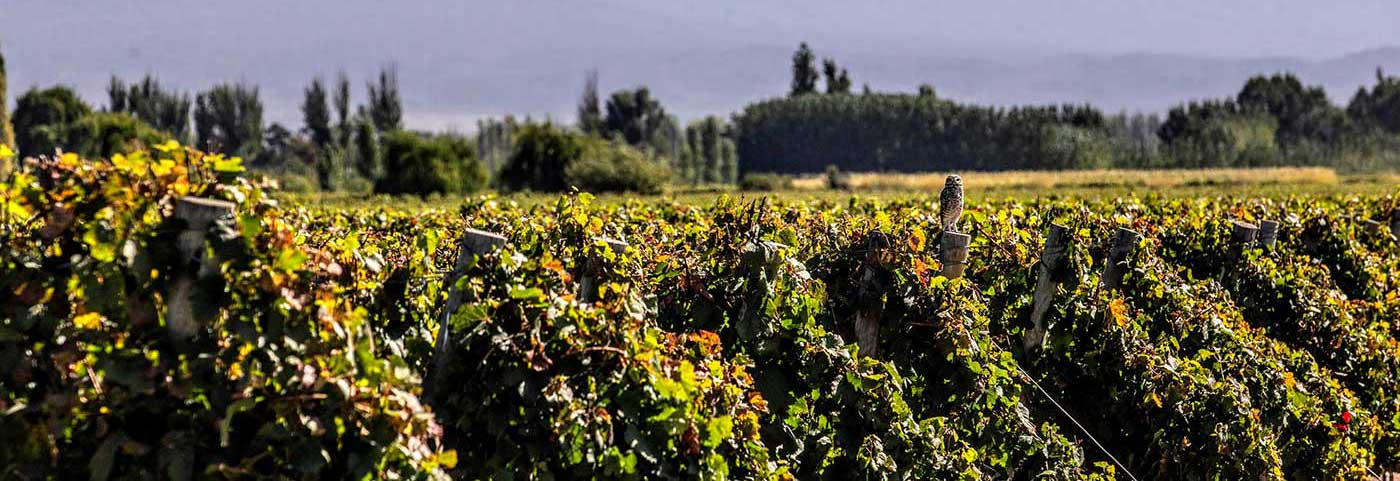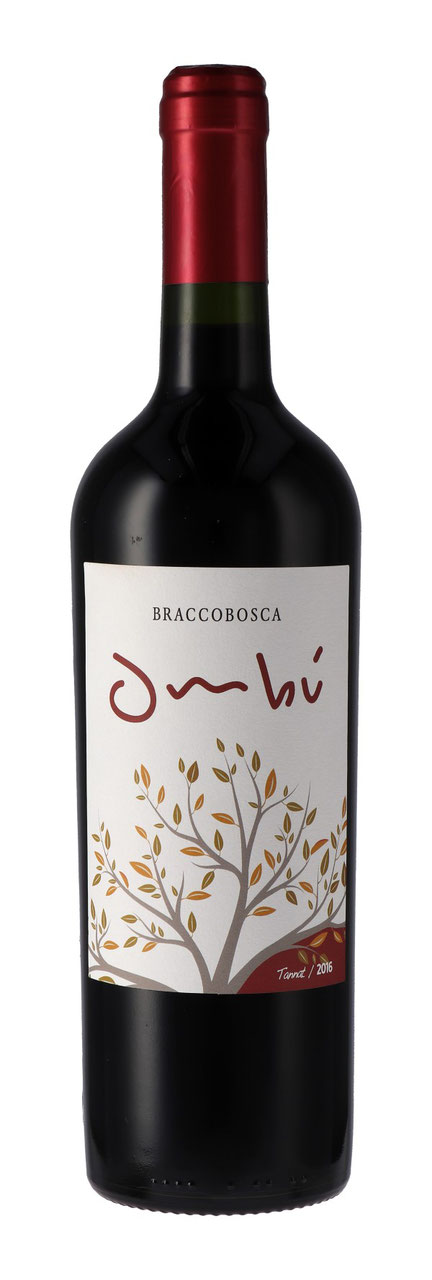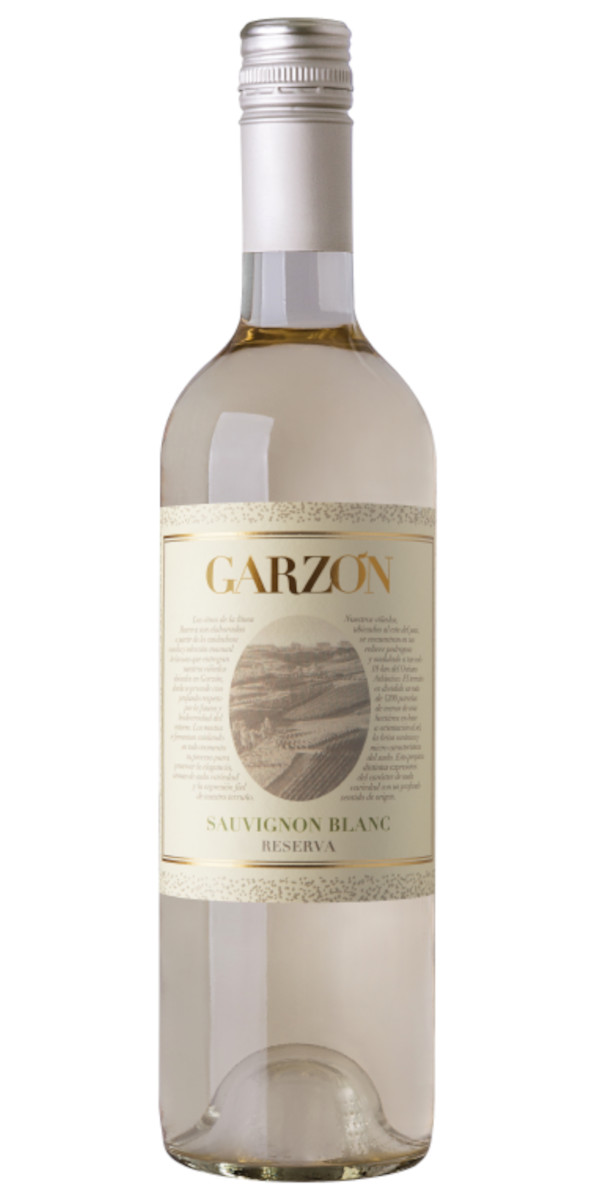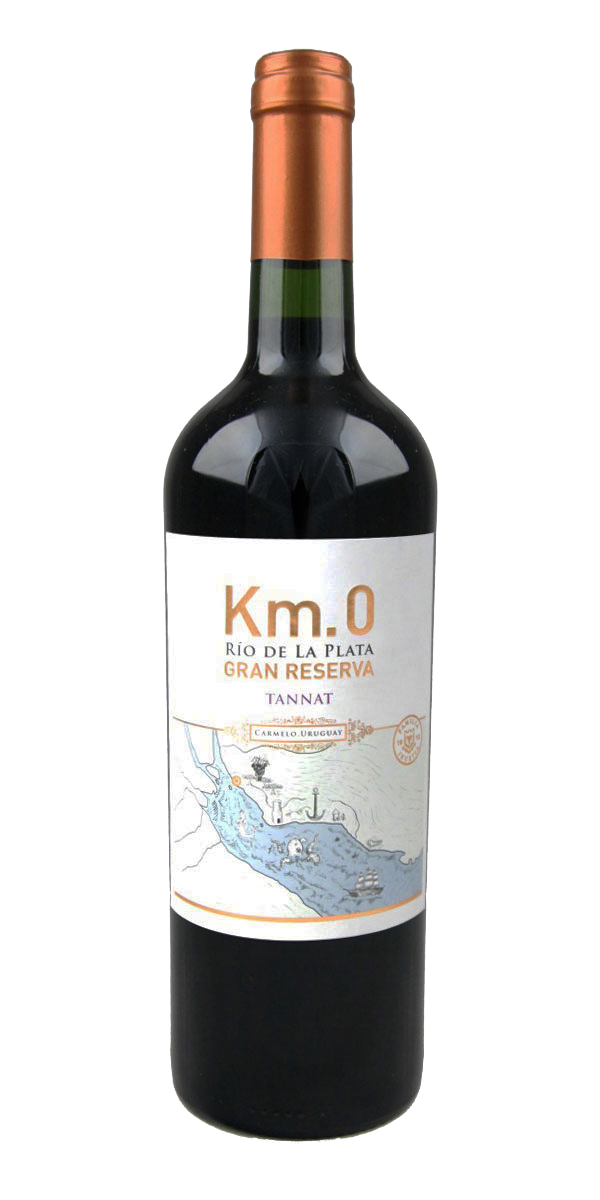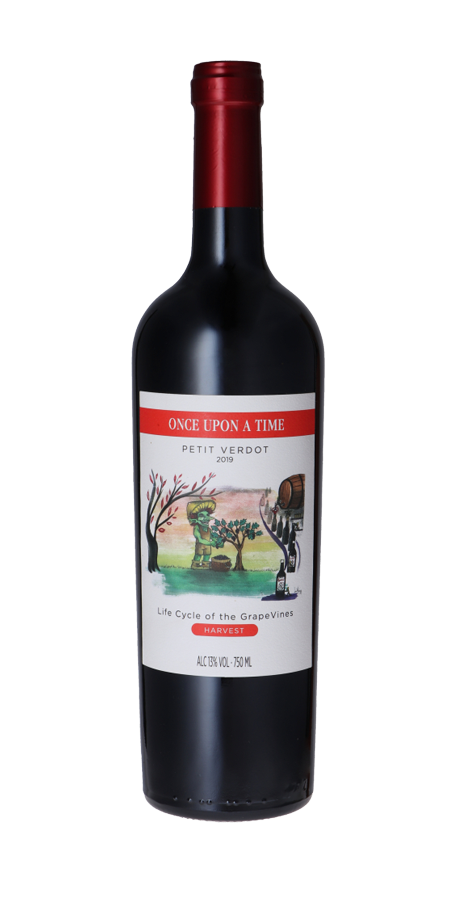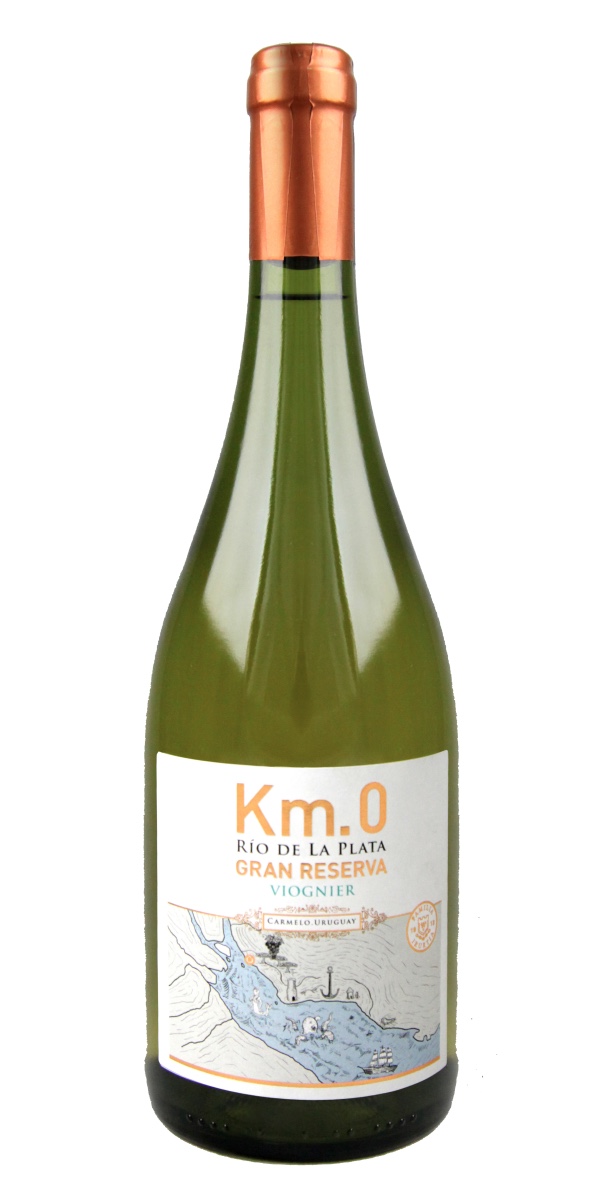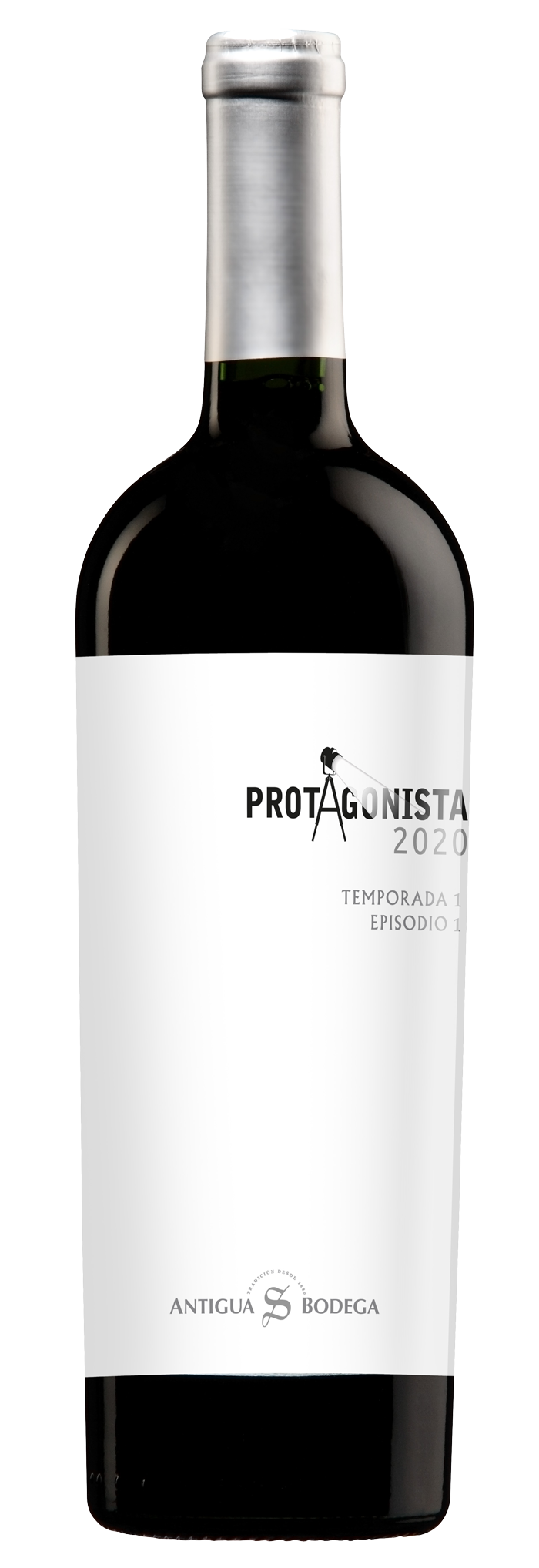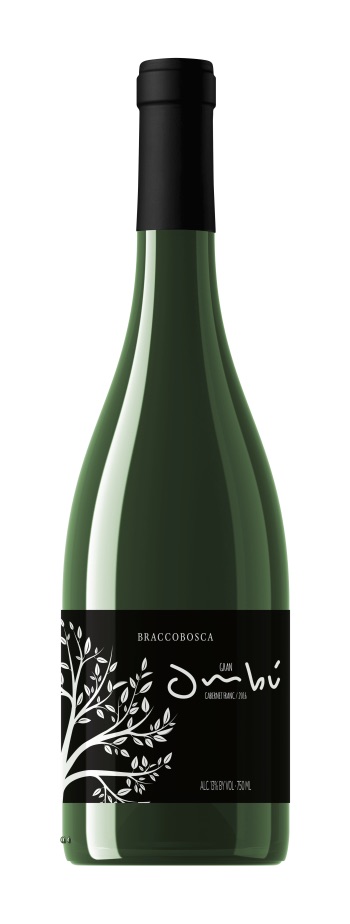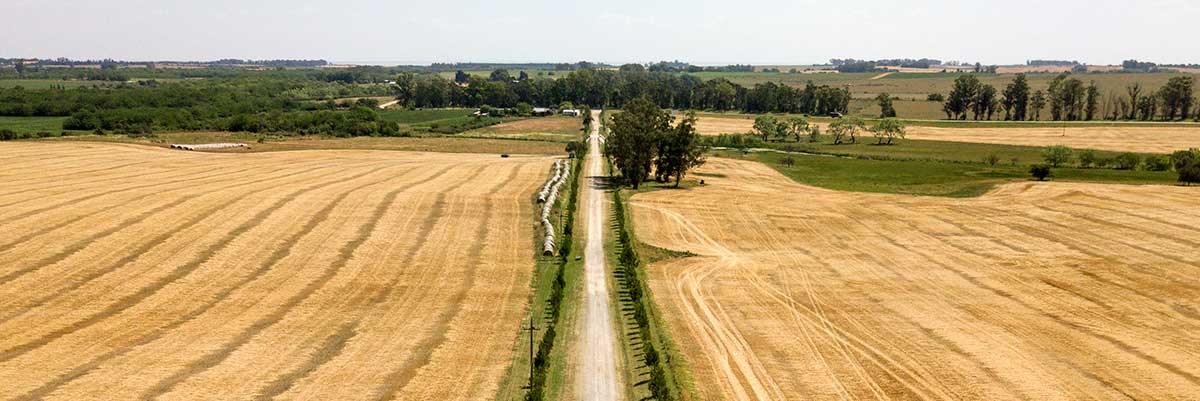
Content: 0.75 Liter (€16.67* / 1 Liter)
Content: 0.75 Liter (€17.20* / 1 Liter)
Content: 0.75 Liter (€17.73* / 1 Liter)
Content: 0.75 Liter (€17.73* / 1 Liter)
Content: 0.75 Liter (€17.80* / 1 Liter)
Content: 0.75 Liter (€17.80* / 1 Liter)
Content: 0.75 Liter (€18.00* / 1 Liter)
Content: 0.75 Liter (€18.53* / 1 Liter)
Content: 0.75 Liter (€20.27* / 1 Liter)
Content: 0.75 Liter (€21.23* / 1 Liter)
Content: 0.75 Liter (€22.53* / 1 Liter)
Content: 0.75 Liter (€23.47* / 1 Liter)
Content: 0.75 Liter (€23.47* / 1 Liter)
Content: 0.75 Liter (€24.53* / 1 Liter)
Content: 0.75 Liter (€29.60* / 1 Liter)
Content: 0.75 Liter (€35.60* / 1 Liter)
Content: 0.75 Liter (€35.60* / 1 Liter)
Content: 0.75 Liter (€35.60* / 1 Liter)
Content: 0.75 Liter (€38.00* / 1 Liter)
Content: 0.75 Liter (€79.47* / 1 Liter)
Content: 0.75 Liter (€103.33* / 1 Liter)
Buy uruguayan wines online:
Uruguay: the pearl of the South
Wine arrived in Uruguay during the second half of the 19th century, thanks to immigrant families who brought their knowledge from the Mediterranean. Around 1870, two vineyards were established on Uruguayan soil: in the region of Salto and in Montevideo.
Year after year, the wine industry was consolidated in this small country of the Rio de la Plata, until 1898, when, like Europe, it fell victim to phylloxera. This plague forced Uruguay to rethink the model of vineyards, based on grafted vines. This, together with the adoption of organic fertilizers, created a new viticulture. Today, the Uruguayan wine industry is a true symbol of civilization and progress.
Uruguay has 6 well-defined wine regions: Litoral Norte, Litoral Sur, Metropolitana, Centro, Oceánica and Norte. Canelones, Maldonado and Colonia are some of the areas with the highest production. The southern region is where 90% of the country's vineyards are located.
Among the most widely planted red grape varieties in Uruguay is Tannat (its flagship variety). The clayey soils, together with the Atlantic breeze, offer exceptional conditions for this variety. Uruguay is today the main producer of Tannat, with production volumes that even exceed those of its place of origin. Tannat wine expresses itself perfectly on its own, but also presents combinations of particular characteristics, in cuts with other varieties. This results in a great diversity; Tannat-Cabernet Sauvignon, Tannat-Merlot, Tannat-Cabernet Franc. Tannat wine is also produced in oak barrels. All this means that alone or in combination with other varieties, the Tannat expresses itself magnificently.
We also find Melot, Cabernet Franc, Marselan, Cabernet Sauvignon, Syrah and Pinot Noir. Uruguay is also known worldwide for the variety of its Blends.
Among the white varieties, we can mention Sauvignon Blanc, Chardonnay, Viognier and Moscatel, among others.
(*) Source: inavi.com.uy
Wines from Uruguay: Basic knowledge
How many wine regions does Uruguay have?
Uruguay has 6 well-defined wine regions:
- Northern Litoral
- South Littoral
- Metropolitan
- Central
- Oceanic
- North
In the southern region is where 90% of the vineyards of this country are located. Canelones, in the Metropolitan area, is the largest wine region of the country, being responsible for 60% of the production.
What are the typical Uruguayan foods to pair with Uruguayan wines?
The custom of eating meat is not only Argentinean. Uruguay also eats excellent meat, which pairs very well with Uruguayan Tannat red wine, preferably with those that have been aged in oak barrels.
Another quintessential Uruguayan dish is its famous "chivito", a sandwich of beef and other ingredients, usually dressed with mayonnaise and accompanied by french fries. This sandwich can be paired with a good glass of Marselán, a red grape variety that offers light and easy to drink wines.
Of course, in Uruguay people eat delicious empanadas, which can be made of meat, chicken, fish or vegetables. In the summer, a typical empanada can pair very well with a Uruguayan Viognier wine, served chilled.
What is the production of Uruguayan wine?
Although Uruguay is a small country, it has been developing an intense wine activity, which grows every year.
Wine arrived in Uruguay during the second half of the 19th century, thanks to immigrant families who brought their knowledge from the Mediterranean.
Around 1870, two vineyards were established on Uruguayan soil. With the experience of these pioneers as a standard, winemaking took root in Uruguay and achieved a growth that managed to replace much of the foreign production.
Today there are almost 200 Uruguayan wineries, distributed mainly in the regions of Canelones, Montevideo and Colonia.
With data updated to 2021, there are 1,183 vineyards in operation in Uruguay, with a total cultivated area of 5,966 hectares. In this same year, more than 99,300 kilos of grapes have been grown for winemaking.
The Tannat grape currently represents 27% of the country's cultivated area.
Of the total area of vineyards in Uruguay, 80% belong to red varieties and 20% to white varieties.
Which is the most recognized Uruguayan red wine?
The best known Uruguayan red wine worldwide is Tannat, the largest producer of wines with this grape variety, especially in wine regions such as Canelones, Maldonado or Colonia.
In terms of Uruguayan wine production volume, after Tannat is Merlot, Cabernet Sauvignon, Marselan, Cabernet Franc, Syrah and Pinot Noir. It is important to mention that Uruguay also produces, although in smaller quantities, wines from grape varieties that are rare to find in South America, such as: Moscatel de Hamburgo, Arinarnoa, Nebbiolo, Mourvedre, Cinsault or Gammay.
Which is the most recognized Uruguayan white wine?
Although the most planted white variety in Uruguay is Ugni Blanc, Sauvignon Blanc (the second most planted variety in the country), followed by Chardonnay, Viognier, Albariño and Moscatel Blanco are very well known worldwide.
It is important to mention that Uruguay also produces, although in smaller quantities, wines of grape varieties that are rare to find in South America, such as Sauvignon Gris, Arriloba, Trebbiano, Gewurtztraminer; among others.
Where to buy wine from Uruguay online?
We suggest you to buy in our online shop Andenweine. Some of the advantages of buying wine in Andenweine are:
- great variety of red wines, white wines and sparkling wines.
- You will find wines from the main wineries in Chile.
- secure payment methods
- fast shipping of wines all over Europe
- excellent wine advice
- selection of organic and ecological wines
- personalized customer service
Buying in Andenweine you will be able to choose among the main wine regions of Uruguay, such as:
• Wines from Canelones
• Wines from Maldonado
• Wines from Colonia


